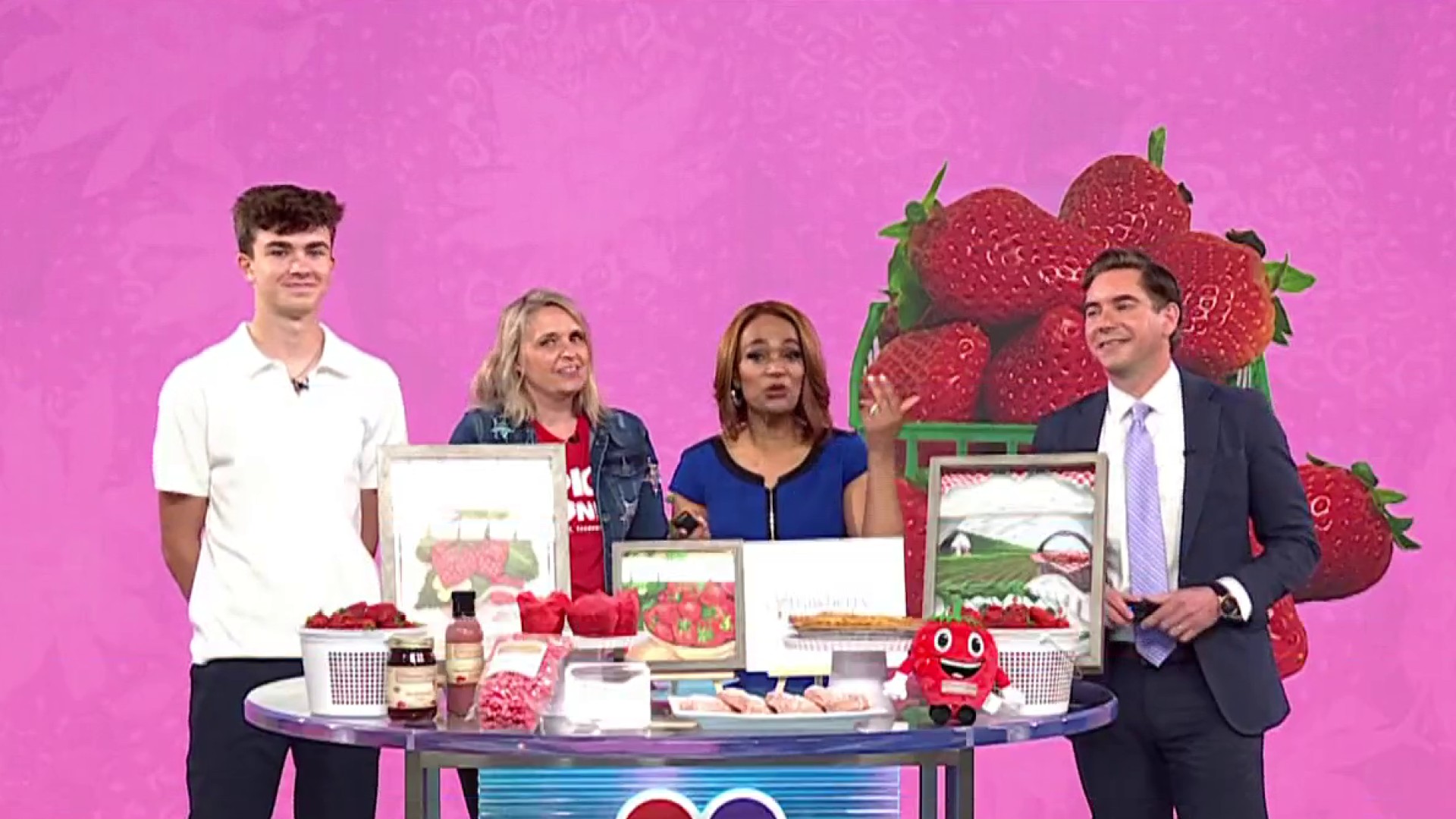Oysters are more than a classic on menus in the D.C. area. They play a key role in filtering the Chesapeake Bay.
Volunteers known as oyster gardeners help raise oysters for this purpose.
News4 got an up-close look at oyster gardening from a woman who has worked as a volunteer for more than 20 years. She described the work as fulfilling.
“Oyster gardening is a really cool project because you start out with these little things that are just on shells and they don’t look like anything, and then after a … few months, you have little baby oysters," she said. "It’s just a really cool way to grow things and help the bay."
She joked that the oysters are such effective natural filters that, "I wish I could have them do my laundry."

Here's how oyster gardening works
The Chesapeake Bay Foundation, a nonprofit that works to restore and protect the bay, collects recycled oyster shells from restaurants. Then, they get oyster larvae from hatcheries.
Next, the foundation puts the shells and larvae in large tanks, where the larvae attach themselves to the recycled shells. This mimics the natural life cycle of an oyster, as larvae swim freely for the first two to three weeks of their lives before they look for something to attach to, Chesapeake Bay Foundation scientist Julie Luecke said.
The foundation then gives the shells with the attached larvae, known as spat, to oyster gardeners. Oyster gardeners protect the oysters during the first year of their lives by keeping them in cages off of a dock as they grow.
“My job is just to keep them in this environment and let them grow,” the volunteer said.
The spat grow into baby oysters over the winter months, and volunteers then give them back to the foundation, where they are planted on no-harvest reefs and continue filtering the bay.

“We're only able to do large-scale restoration in so many areas. But, by getting these little cages of oysters all over … in every tributary … we are able to get … benefits,” Luecke said.
The Chesapeake Bay watershed supports D.C., Maryland, Virginia, Delaware, New York, Pennsylvania and West Virginia. The bay’s health affects the air and water quality of people in the region, the livelihoods of those who work in the seafood industry, the health of aquatic plants and animals, and the ability for residents and tourists to enjoy the bay recreationally.
Luecke says the seafood industry helps the foundation’s oyster gardening program and their restoration efforts rather than hurting.
The process is a “big cycle,” as people need to eat oysters for there to be recycled shells that new oyster larvae can attach to, to continue the filtering work, Luecke said.
The gardeners' oysters are placed on sanctuary reefs so they cannot be harvested for food. This way, volunteers can be confident that their oysters are filtering the bay for their entire lifespan, Luecke said.
Here's what we know about the state of the bay
The bay is "so many things for so many people,” Luecke said.
The last State of the Bay report, released by the Chesapeake Bay Foundation in 2022, gave the bay a D+.

A TikTok video that went viral showed content creator Lauren Matera talking about English explorer Capt. John Smith. Smith wrote that the bay was once crystal clear, Matera said in her video.
"His ship captains were saying the oyster reefs were so large that they were navigational hazards in the main stem of the bay,” Luecke added.
Recently, Maryland lawmakers have advocated for more funding for Chesapeake Bay restoration.
Luecke said the Chesapeake Bay Foundation couldn't function without federal partners.
“It’s money that is well spent, with all sorts of different partners doing all sorts of different things, and that's how we are going to end up saving the bay and improving water quality. It's a partnership, everybody doing what they can,” she said.
It's still unclear what effect, if any, the collapse of Baltimore's Key Bridge could have on the bay, Luecke said.
How you can help: Eat one oyster, save 20
Luecke’s motto is “Eat one, save 20.”
Since one oyster has two shells, if the shells are recycled after a meal, the foundation can plant 20 more larvae, or 10 on each shell, Luecke said. The restoration efforts and cycles continue from there.

The Chesapeake Bay Foundation has a list of shell drop-off and recycle locations and places you can buy oysters to support local businesses.
News4's Tommy McFly recently visited an oyster farm that raises and sells oysters.
Hope for the future
Two years ago, the volunteer oyster gardener said she saw healthy underwater plants around her oyster gardens.
"I couldn't believe it … It was unbelievable," she said. “It was all growing up … I have to wonder if my little oyster babies here weren't doing an awful lot of good that I wasn't counting on."

Whether or not the vegetation was a direct result of the volunteer's oyster gardening work, she said she was “elated.”
“It makes me feel really good to be doing something positive and to do something that restores the bay and makes a difference,” she said.



